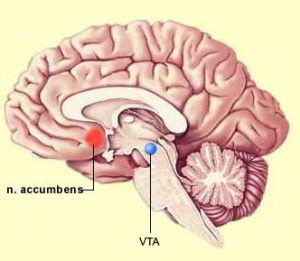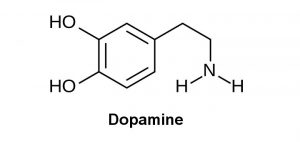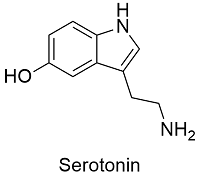
Credit to Flickr
The term “Gateway Drug” is often used to warn young adults that recreational use of certain narcotics can lead to addiction to more dangerous substances. However, while the term is generally applied to cannabis, a recent study suggests that we may have been limiting our caution too strictly; It was shown that, in rats, alcohol use resulted in a biologically-founded predisposition for cocaine. Given that alcohol is generally considered a fairly innocuous supplement to social amusement, this new research could force people to be more wary of its implications.
The study was conducted by giving a sample group of rats daily exposure to alcohol for a ten day period, which consisted of ten percent ethanol for two hours a day. Then, access to cocaine is added to the environment after the initial phase of alcohol dosing. The results were compared to a control group that was not subjected to an alcohol intake regimen. The results were significant: When the cocaine was removed for a short period of time (two 15-minute intervals), the rats in the alcohol-free group only attempted to access it 18 times on average, compared to the average 58 times of the group supplied with alcohol. Aside from examining the behavioural manifestations of cocaine dependence with prior alcohol use, the research also studied the biological characteristics involved. What they discovered was that long-term alcohol use resulted in the inhibition of the enzyme histone deacetylase (HDAC) in the nucleus accumbens, a region of the basal forebrain. The inhibition of the enzyme results in an accumulation of the protein ∆FOSB, which is firmly linked to increases in cocaine self-administration, thus showing that alcohol use can create an internal environment conducive to cocaine addiction.
Overall, the relationships between biological mechanisms of drug addiction are not fully understood. Future research into the area could potentially uncover more on the possible dangers (or conversely, the benefits) of common substances, and could change our fundamental views on many of them.
- Arjun Thomson-Kahlon



